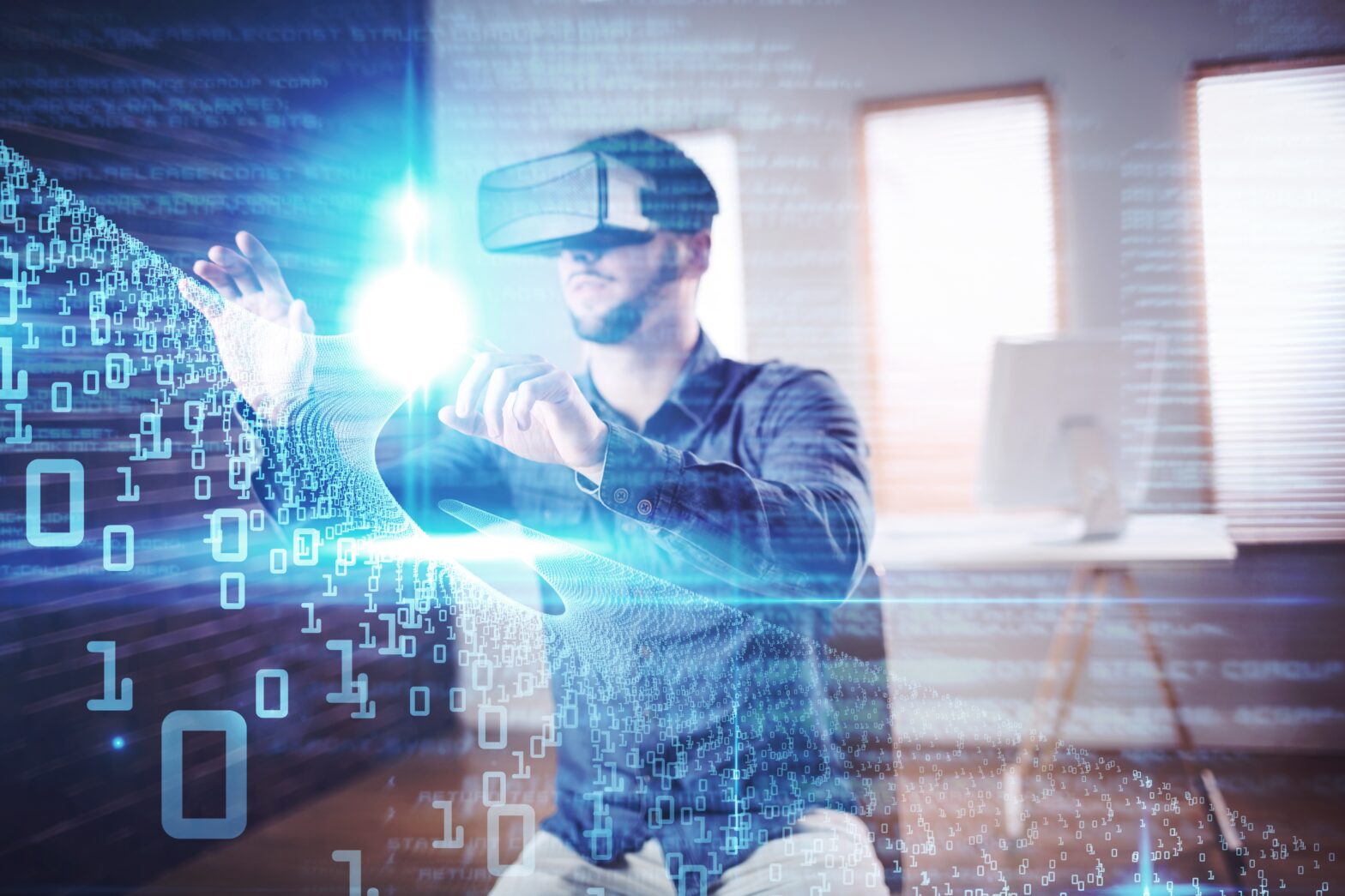Every day in DIY and home furnishing stores across the UK, customers make calculated gambles as to how the item they’re about to purchase will look when they get it home. The cost of a bad decision? A high returns rate for the retailer. An unhappy customer facing the prospect of repainting their bedroom.
Leading home improvement retailers are turning to immersive technologies to de-risk the purchasing process. Lowe’s, a chain of retail home improvement and appliance stores in the United States, Canada, and Mexico, has Holoroom, an in-store virtual reality (VR) room, available to customers in many of their stores. Customers can virtually test different materials, lights and home products before making a purchase, making that final decision to purchase all the easier.
They’re not the only company beginning to use mixed reality technologies and many of the other examples are to be found in back of store or office. DHL is applying augmented reality (AR) to logistics with its Vision Picking Program. The programme uses advanced smart glasses in shipping warehouses to reduce errors and increase the speed of pick-and-pack tasks. Pickers are equipped with advanced smart glasses which visually display where each picked item needs to be placed on a trolley.
>See also: Augmented reality vs. virtual reality
These are just a few examples of companies using ‘immersive technology’ to change the way they do business – both when it comes to interacting with customers and in how they run their business.
Perhaps two of the more popular immersive technologies are Augmented Reality (AR) and Virtual Reality (VR). These mixed reality technologies have started to transform today’s user experience into a more continuous and contextual event. In the future they will significantly change how people interact with each other – and with a computing system.
Multiple applications
Gartner predicts that by 2019, AR, VR and mixed reality (MR) solutions will be evaluated and adopted in 20% of large-enterprise businesses. This prediction for rapid uptake is based on the increasing range of applications with the enterprise.
Many organisations with design and engineering teams are using immersive technology solutions to speed product visualisation, maintenance and prototyping. HR departments are using immersive technology internally for training and externally for recruitment. The British Army teamed up with Visualise to create a 360-degree VR recruitment video, so prospects could experience military training. The VR video increased awareness of the British Army’s recruitment campaign by 20%.
By 2020, both consumers and businesses will have easy access to quality devices, systems, tools and services. AR and VR offer new ways for customers to engage with brands and for organisations to achieve efficiencies via devices like smartphone VR, head-mounted displays (HMDs), smart glasses and 3D experience rooms.
AR and VR require input from user movement, sensors and historical data. When combined with other technologies like conversational platforms, immersive technology can be used to create extremely personalised products, services and experiences for customers.
>See also: Reality bites: VR, AR and the enterprise network
Mixed reality is a huge opportunity for IT to contribute positively to driving their organisations forward. Enterprise architecture (EA) and technology innovation leaders should consider not only how they can deploy AR and VR to improve existing customer interactions and core business processes but also how the technology could help their organisation to deliver new interactions and processes. These five steps to implementing immersive technology might help.
Five steps to implement immersive technology
Plan: Research immersive technologies and providers to understand their capabilities and determine what solutions may work for your organisation’s specific business processes. Consider collaborating with immersive developers for pilot projects, but also develop internal expertise to cultivate knowledge and consistency.
Identify: Pinpoint where AR and VR can help seize opportunities or overcome challenges with the goal of instigating behavioural change. First focus on how AR and VR can improve processes before designing for digital touchpoints, HMDs and censored environments.
>See also: How augmented reality is transforming e-commerce
Design: Architect use cases. Focus on the use of immersion to design experiences and solutions that match business data to immersive worlds.
Scale: Map use cases to business outcomes, capabilities and processes to determine how AR and VR can incite improvements.
Analyse: Continue to improve and create a valuable user experience (UX). Repeat AR and VR programs and use analytics to determine what generates the best UX and meets predetermined business ROI goals.
Although AR and VR are currently five to ten years away from mainstream adoption, organisations are already realising the significant benefits of immersive technology. Now the race is on, to see who takes full advantage, first.
Related: Driving value from immersive technologies – Matt Hulbert, senior director, emerging experiences at Avanade, spoke to Information Age about the different types of immersive technologies and how they can be used to drive the most value.
Sourced by Brian Blau, Research VP, Gartner







